Mom Divides Social Media Users After Revealing She Tells Her Kids To Hit Back And Defend Yourself’ Against Bullies

In today’s hyper-connected world, a single TikTok can ignite a national conversation—and when it touches on how we raise our children, the sparks fly fast and hot. That’s exactly what happened when a Louisiana mom declared that she teaches her child to “hit back” when hit first. Her video divided social media users, with some applauding her fierce protection of self-respect, while others condemned what they saw as an endorsement of violence. But beneath the viral headlines and heated comments lies a deeper question—one that cuts to the heart of parenting, education, and societal values: how should we teach our kids to respond to conflict?
Is strength measured by the ability to fight back, or by the discipline to walk away? Does telling a child to defend themselves physically empower them—or does it risk teaching them to meet aggression with more aggression? These are not questions with easy answers, and yet they shape how we raise the next generation to navigate a world that is often anything but gentle.
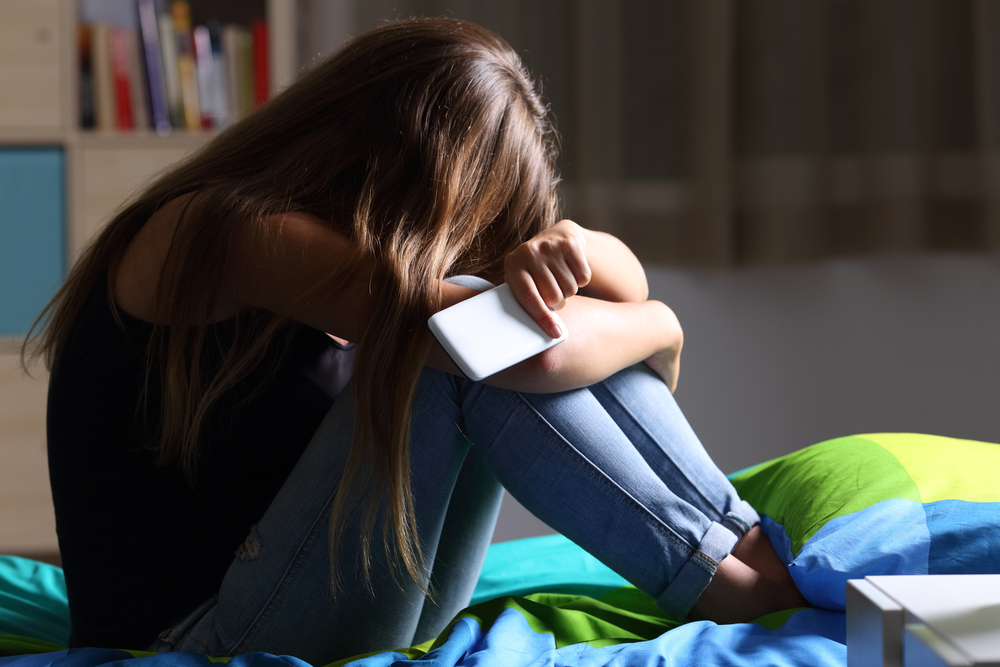
The Viral Debate—To Hit Back or Not?
A Louisiana mother has sparked a firestorm of debate after posting a TikTok declaring that she teaches her children to hit back when someone hits them first. Brittany Norris, 27, didn’t mince words: “I’m not raising a snitch,” she said. “Handle it yourself, hit back, defend yourself, and if that’s not enough, I will interfere.” Her unapologetic stance, shared with her five-year-old daughter in mind, quickly went viral, drawing in thousands of comments and likes—some cheering her bravery, others questioning her values. Norris later clarified she’s not encouraging children to start fights, but she believes in finishing them. “I would rather be in the principal’s office because my child stood up for herself,” she told TODAY.com, adding that while telling the teacher is fine for long-term resolution, it doesn’t solve the immediate threat.
Supporters applauded her tough-love approach, echoing sentiments like “Never throw the first punch, but finish it” and emphasizing that the ability to defend oneself is essential in the real world—something schools often neglect to teach. Others argued that standing up physically to bullies is a necessary life skill, especially in a society that sometimes rewards silence over strength. For many, Norris voiced what they’ve long believed: that kids who don’t fight back become easy targets. One user commented, “Bullies only bully the ones who allow it,” while another pointed out, “Defending yourself is a skill you need in the real world and they don’t teach you that in school.”
But the backlash was just as loud. Critics labeled the approach harmful and shortsighted, with one TikTok user—claiming to be an elementary school teacher—warning that this mindset is contributing to a rise in unchecked school violence. They argued that if children are taught to solve problems with their fists, conflicts will escalate and educators will remain in the dark. Some advocated for teaching kids to use their voices before their fists, encouraging steps like saying “stop,” walking away, or seeking adult help. “Hitting people isn’t OK,” one commenter wrote. “Doing the same thing back doesn’t make sense.” This perspective emphasizes emotional intelligence and de-escalation, teaching children that real power sometimes lies in restraint, not retaliation.
Dr. Deborah Gilboa, a family doctor and resilience expert, points out that this debate touches more than disciplinary policies—it exposes deeply personal questions about the values parents want to pass down. “When we tell others what to teach their children about hitting back, we’re actually telling them what to believe about violence, safety, dignity, and autonomy,” she explains. Gilboa encourages parents to think through not only what they’re teaching, but why. Are you preparing your child to be a warrior, or a mediator? And if it’s the former, are you also preparing them for the real-world consequences that come with those choices? Whether you side with “talk it out” or “hit back harder,” one thing is clear: this viral moment has tapped into something much deeper than a playground squabble—it’s a mirror reflecting our own beliefs about power, justice, and how we prepare the next generation to face conflict.
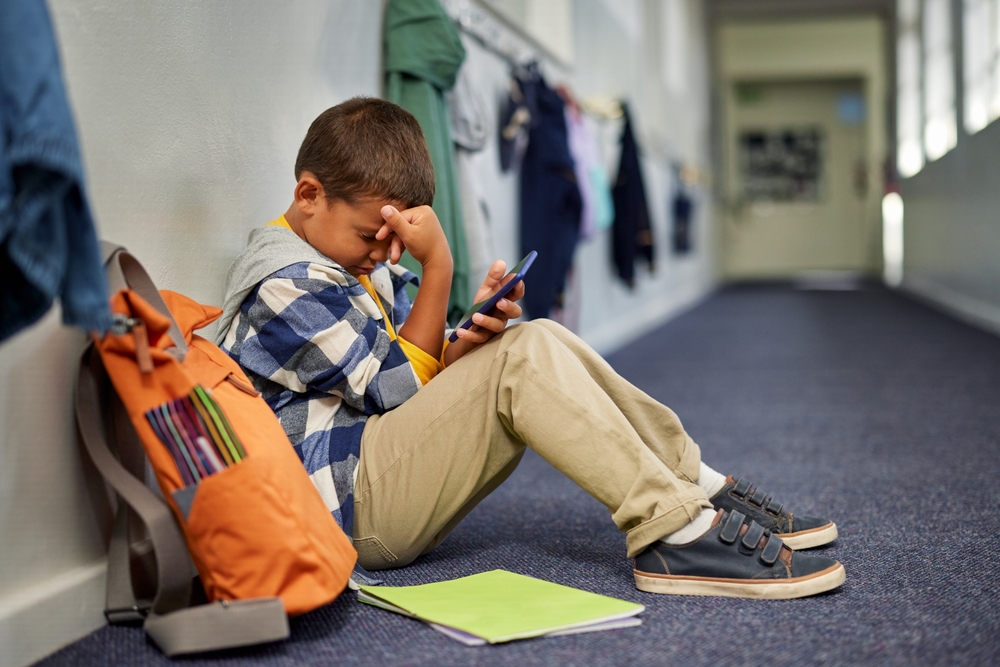
The Psychology of Self-Defense—What Science and Experts Say
At the core of the “hit back” debate is an essential question: what does defending oneself really teach a child—not just about physical conflict, but about their sense of self, safety, and place in the world? Psychologically, how children respond to bullying can have long-lasting effects on their emotional health and identity. Research consistently shows that bullying, when left unaddressed, can lead to anxiety, depression, lower self-esteem, and academic difficulties. According to the National Center for Educational Statistics, nearly 1 in 5 students in the U.S. report being bullied, and among those, many suffer silently, unsure of how to respond or who to turn to. That silence—whether due to fear, shame, or a learned reluctance to “snitch”—can be just as damaging as the bullying itself. In that context, some parents argue that teaching children to physically defend themselves gives them a sense of agency and helps them feel less helpless when faced with aggression.
However, experts caution that while self-defense is a valid concept, the definition and application matter deeply. Dr. Dorothy Espelage, a leading authority on bullying and adolescent development at the University of North Carolina, has studied the dynamics of school violence for decades. She emphasizes that retaliatory violence, even when labeled as “self-defense,” often leads to escalation and punitive outcomes, especially for students of color or those in under-resourced schools. “Schools tend to have zero-tolerance policies,” she notes, “and that means both students—regardless of who started it—may face suspension or expulsion.” This can create a scenario where the child who was initially targeted ends up penalized, reinforcing a cycle of mistrust between students and the systems meant to protect them.
Moreover, psychological resilience doesn’t always come from fighting back physically—it often comes from being taught how to assess a situation, regulate emotions, and choose a response that ensures safety without necessarily resorting to violence. Programs like Second Step or Positive Behavioral Interventions and Supports (PBIS), which are used in thousands of schools across the U.S., are built around conflict resolution, empathy training, and communication skills. These approaches focus on equipping children with tools that serve them beyond the classroom—like navigating peer pressure, workplace dynamics, and relationships in adulthood. The goal isn’t to raise passive individuals, but rather emotionally intelligent ones who know how to respond under stress without always needing to match force with force.
Still, the desire to raise a child who can stand up for themselves is a deeply human one. Parents like Norris may see a quick, empowered response as a form of protection—a way to inoculate their children against victimhood. And while experts don’t necessarily dismiss that instinct, they advise careful reflection: are we equipping our kids with a short-term reaction, or a long-term strategy? Understanding that distinction may be the difference between raising a child who can end a conflict and one who unintentionally prolongs it.
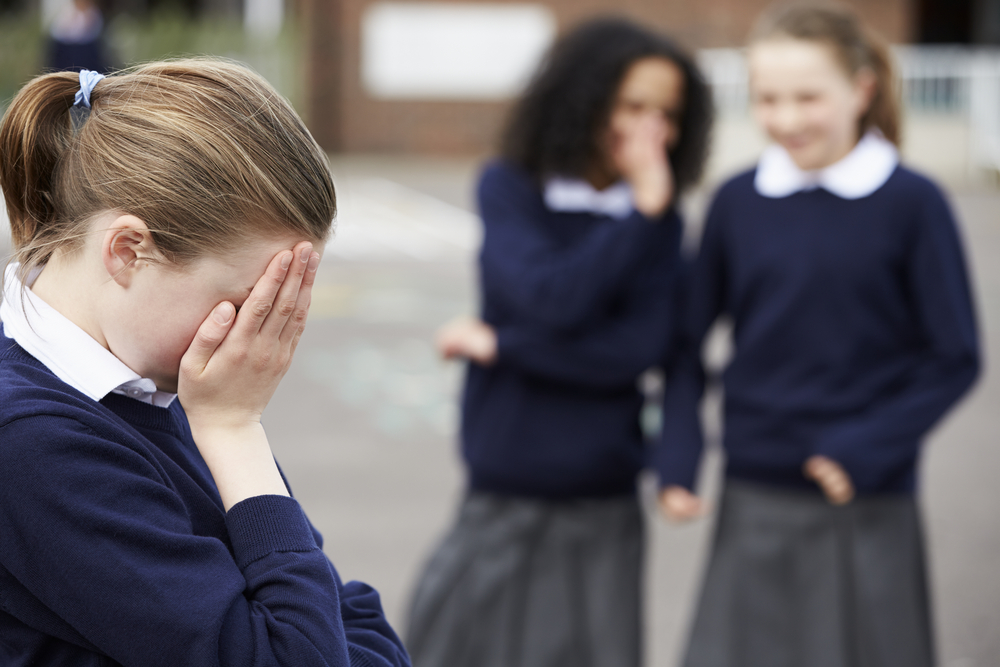
Schools, Systems, and the Role of Authority
Beyond what happens between two children in a moment of conflict lies a bigger, often overlooked question: what responsibility do schools and systems bear in how these situations unfold? While parents debate how their kids should respond to aggression, the reality is that schools are the frontline where most of these lessons are tested—and sometimes, where they unravel. Most American schools enforce zero-tolerance policies around physical violence, meaning that even students who retaliate in self-defense can face suspension, expulsion, or other disciplinary actions. It’s a system designed to discourage fighting altogether, but it can backfire when students feel the consequences are unfairly distributed, or when administrators fail to address the root causes of bullying in the first place.
Teachers and school staff are often placed in an impossible position. On one hand, they’re expected to maintain order and prevent violence. On the other, they may not be aware of the interpersonal dynamics at play until it’s too late—especially if, as one TikTok user and elementary teacher warned, kids are now less likely to report problems because of a culture that equates seeking help with weakness. When that happens, educators become reactive instead of proactive, intervening only once situations have escalated. As much as schools advocate for peaceful conflict resolution, they can only do so effectively when students trust that their concerns will be heard and acted on. Without that trust, the message to “tell an adult” becomes hollow—and children, especially those who’ve already felt let down, may decide that the only justice they can count on is the justice they deliver themselves.
But this raises a critical challenge: what happens when school policies and parental teachings are in direct conflict? A child who is taught at home to fight back might be disciplined harshly at school for doing just that. Conversely, a child raised to seek help and avoid confrontation might be labeled weak or become a repeated target. This disconnect places children in a confusing, high-stakes position where any decision—whether to walk away or strike back—comes with consequences. It also puts parents and educators at odds, creating tension in a space where unity is crucial for a child’s growth and safety.
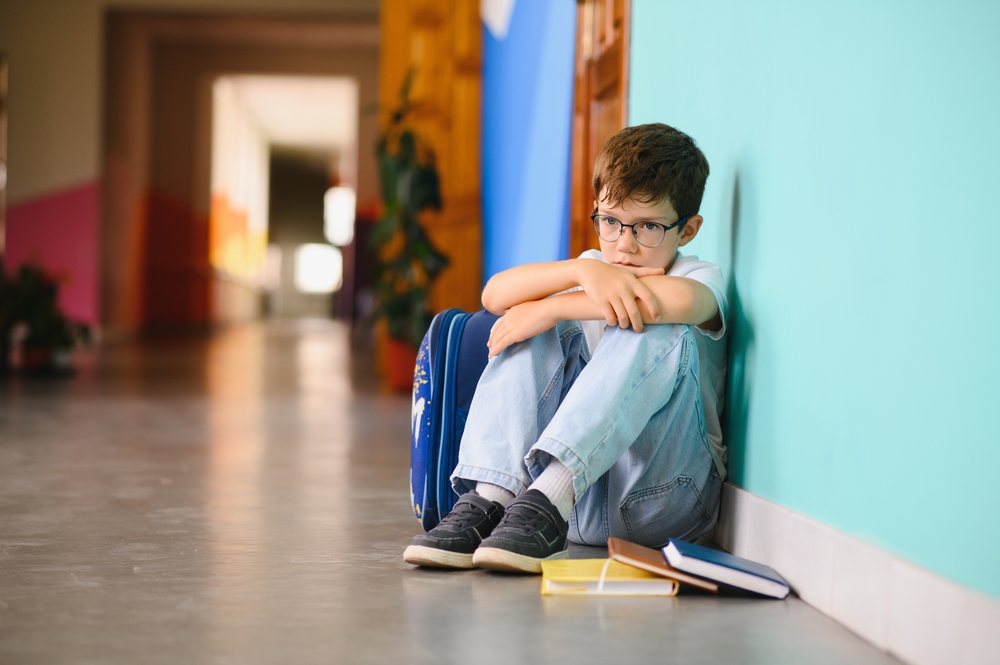
Raising Warriors or Peacemakers? A Call to Reflect, Not React
In the end, this debate isn’t really about whether kids should throw a punch—it’s about what kind of people we are trying to raise. Are we preparing children to navigate conflict with resilience, or react to it with reflex? Are we teaching them that power lies in retaliation, or in the ability to respond with intention? These aren’t easy questions, and the truth is, there may not be a single right answer. What works for one child in one environment may be completely wrong for another. That’s why the focus shouldn’t be on drawing hard lines, but on having deeper, more honest conversations—about values, about consequences, and about what strength actually looks like in a complicated world.
Whether you believe in “hit back harder” or “talk it out,” one thing is certain: children will remember what we model, far more than what we preach. If we want them to be both safe and principled, confident and compassionate, we have to show them how to hold both in balance. That means acknowledging their fears, validating their instincts, and also expanding their toolkit beyond just fight or flight. It means helping them understand that true power isn’t just in how you defend yourself—but in knowing when, why, and how to choose your battles wisely.
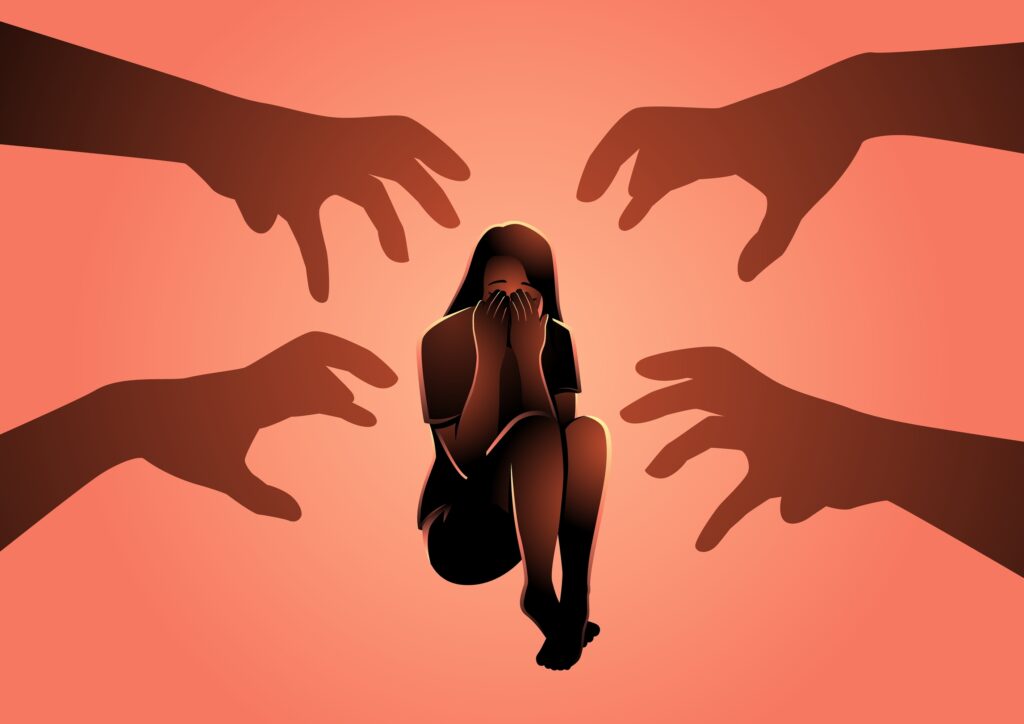
For parents, educators, and all of us who care about the next generation, this moment is an invitation: not to react impulsively to a viral video, but to reflect deeply on the messages we’re sending. Are we passing on wisdom—or just fear? Are we empowering our kids to think—or just to swing? Let’s raise children who know how to stand up, yes—but who also know that strength, like peace, begins with knowing who you are and what you truly value. Because in a world that too often confuses noise for courage, the loudest voice isn’t always the bravest. Sometimes, the bravest thing we can teach our children is to pause, to think—and then to act with purpose.
Loading...

